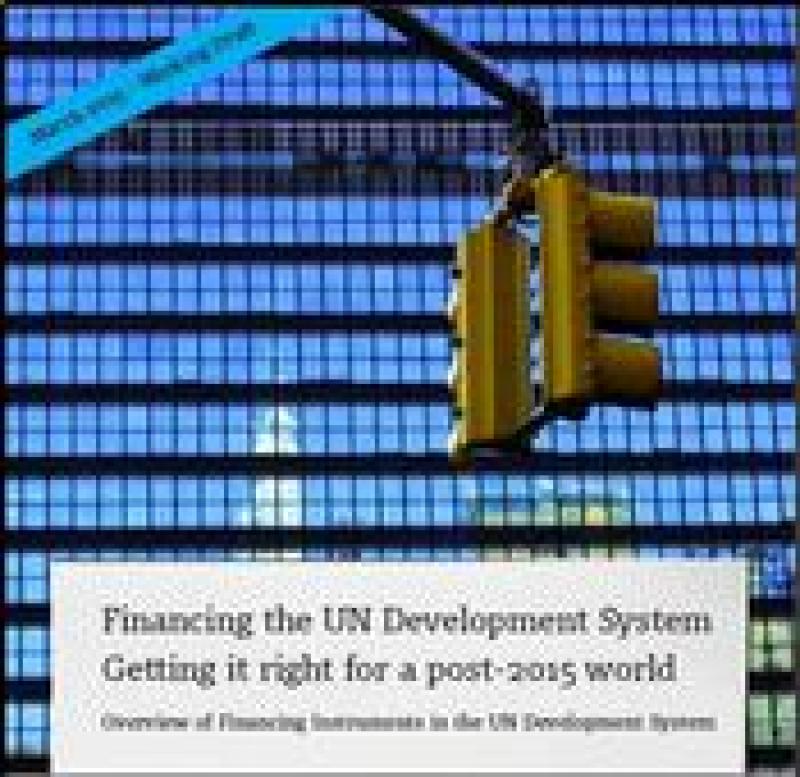

The report “Financing the UN Development System Getting it right for a post-2015 world, Overview of Financing Instruments in the UN Development System” was released today as a working draft. Produced through a collaboration of The Dag Hammarskjöld Foundation and the Multi-Partner Trust Fund Office, it presents a comprehensive overview of financing instruments in the UN Development System (UNDS). Read more...
The report “Financing the UN Development System Getting it right for a post-2015 world, Overview of Financing Instruments in the UN Development System” was released today as a working draft. Produced through a collaboration of The Dag Hammarskjöld Foundation and the Multi-Partner Trust Fund Office, it presents a comprehensive overview of financing instruments in the UN Development System (UNDS).
The aim of the report is to familiarize readers with the financing instruments of the UNDS and their possible evolution as part of the post-2015 development agenda. The post-2015 development agenda will require additional resources to meet the challenges of an ambitious set of universal sustainable development goals (SDGs). Achievement of the SDGs will depend on identifying instruments and strategies that will promote resource mobilization for sustainable development and the implementation of the post-2015 development agenda.
In this context, the report draws attention to three major emerging and evolving trends in financing: issue-base funding, leveraging of ODA and innovative sources of finance.
The report is articulated in two parts, bolstered by tables and figures that offer a rare cross-referencing of different UN bodies. The first part of the study analyses existing financing instruments in the UN development system. The second part takes stock of three emerging trends discussed above which are likely to influence UN financing options in the years ahead.
The report is meant to spur a productive conversation and benefit from peer-review in the form of comments and suggestions. After a period of three months and careful consideration and revision based on received feedback, the final report will be released.